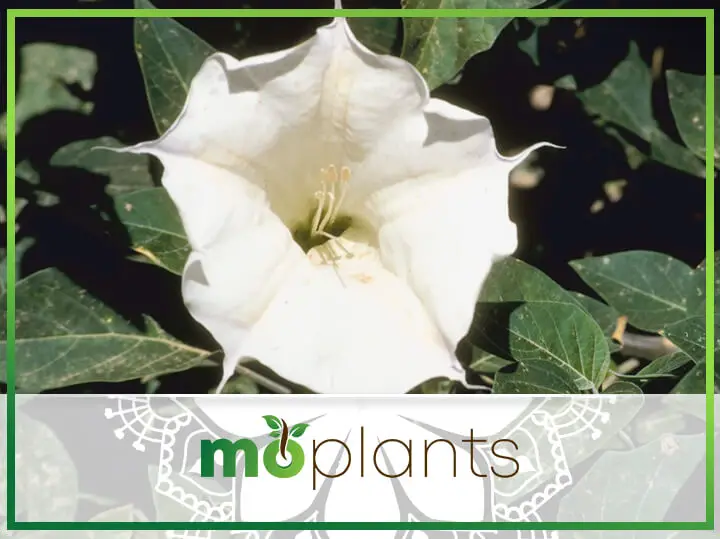In the 15th century Florentine Codex of Aztec physicians, the healer is “well versed in herbs, who knows, through experience the roots, the trees, the stones. She keeps her secrets and traditions.” The healer is clearly female. But where the Codex covers Aztec physician, the text indicates this role applies to the male gender.
Today the role of healer or “curandera” still exists in Hispanic culture. It is not uncommon for a Mexican to consult a curandera for spiritual healing while under a medical doctor’s care. For the very poor with no access to modern medicine, the curandera serves both roles blending the art of healing the mind with the administration of botanical medicines.
In the Mexican neighborhoods of most Southwestern cities you’ll find botanicas, which are herb stores that carry dried traditional plant cures of the curandera’s trade. If she is fortunate enough to have a plot of land, the curandera would tend a garden of useful plants for her own fresh harvest.
Some of these plants are quite toxic poisons, but in her training she learned the proper dosage and preparation. Many, such as morning glory and peyote would be divination plants handed down to her from the Aztec Nahuatl traditions. The most common of these potent medicines is called tlapatl in Nahuatl or toloache in Spanish. It is the wild datura of the desert and Mexico. This nightshade contains serious medicine and may be the single most powerful plant in this garden.

The curandera’s garden would also contain New World natives and some European herbs introduced by the Spanish early on. Maguey agave is perhaps the most ubiquitous plant in Mexico due to its use in the fermentation of an alcoholic beverage known as pulque. Its fiber is utilized for everything from scrub brushes to weaving cloth. The agave leaf was scraped and boiled to treat assorted venereal diseases
The many benefits of nopal or prickly pear, Opuntia ficus indica, are just now coming to light in the alternative medicine community. Flat paddle-shaped stems of this plant are chopped and simmered down to a potent brew. It is the main component of treating maladies of the heart such as angina and edema. The mix is drunk on a daily basis as a preventative.
The many forms of sagebrush, genus Artemisia is known as ajenjo. It includes both native and European species that are all strongly bitter and potentially toxic. The herbs have been used in the Old World and the New to treat intestinal parasites. It’s also a powerful antibacterial for treating infected wounds.
Some very long-lived woody shrubs also fall into this curandera garden pharmacoepia. Bushy apache plume, Fallugia paradoxa, is a desert shrub known as ponil. Aspirin-like qualities are found in its inner bark, much like that of aspen and willow. A strong tea of the root and bark is also used for hair loss treatment.
Bright red Ocotillo blossoms from the woody Foqueria splendens are boiled, and the tea used to treat sore throat and tonsillitis. The leaves of a bright yellow trumpet flowered shrubby vine, Tecoma stans, aew known as tronadora and used to treat adult diabetes.
It is important to remember that these uses of plants are not medical advice nor recommendations. The way each is gathered, prepared and administered can range considerably. This is folk medicine handed down verbally from curandera to apprentice, and all are combined with a strong dose of love and personal attention.
The curandera’s garden is a collection of useful plants grown more for their function than their beauty. And yet the gardens are beautiful because they reflect how people have helped each other for centuries. And no one can deny that when the ocotillo turns to fire and datura perfumes the night air, the Aztec gods are pleased that Nahuatl ways live on in the 21st Century.
Find an excellent compendium of plants and their uses in:
Los Remedios By Michael Moore
Traditional Herbal Remedies of the Southwest
Red Crane Books $9.95

